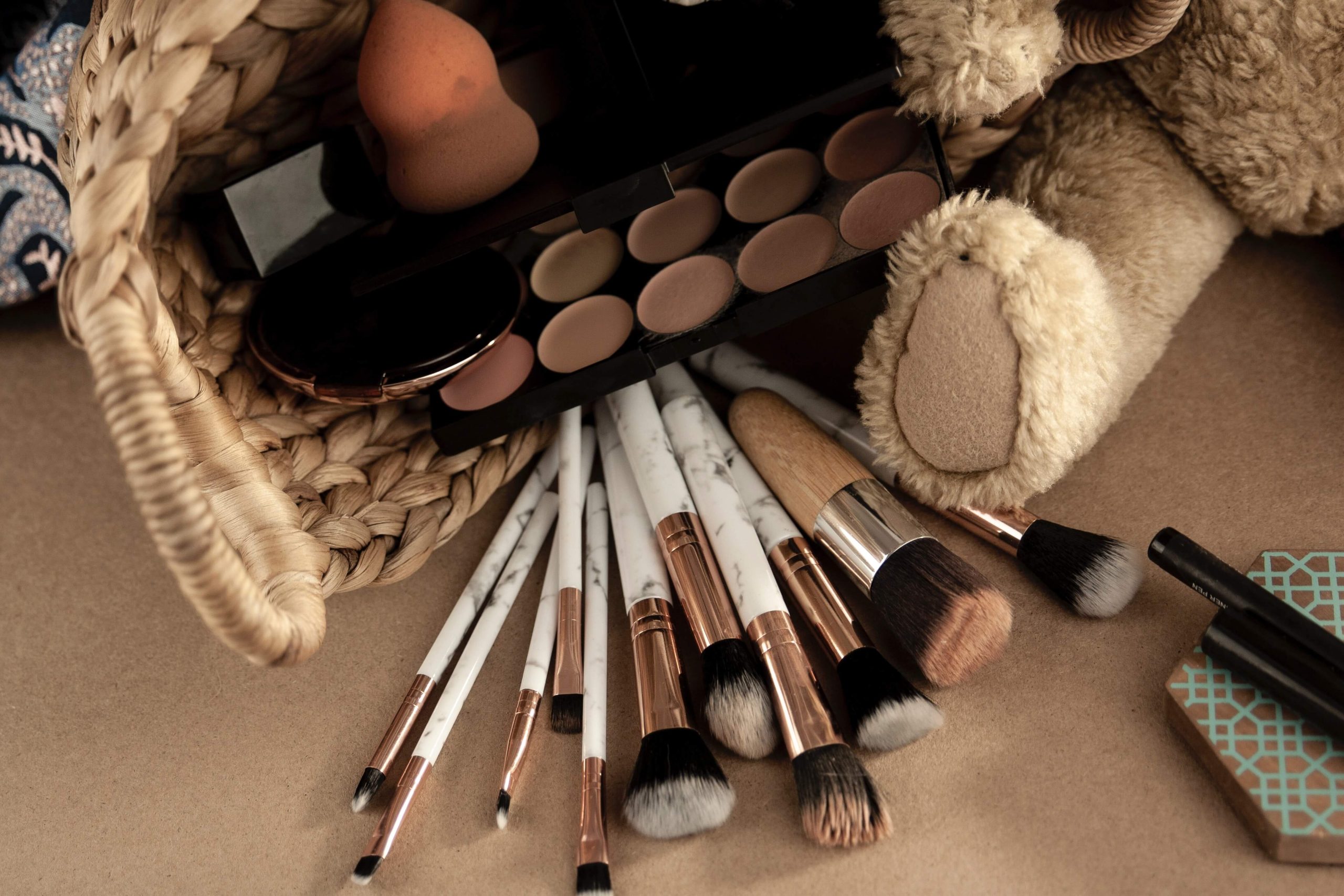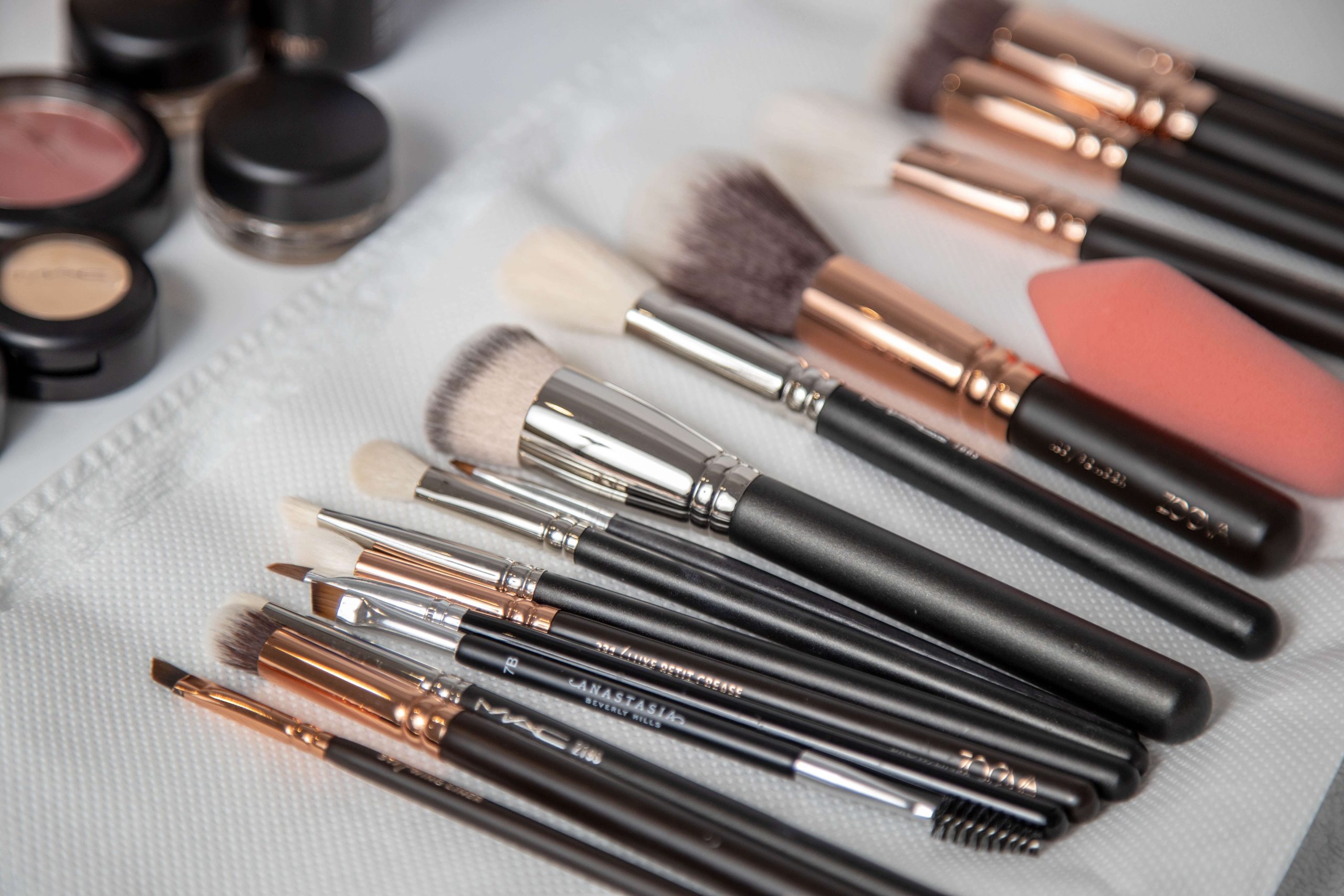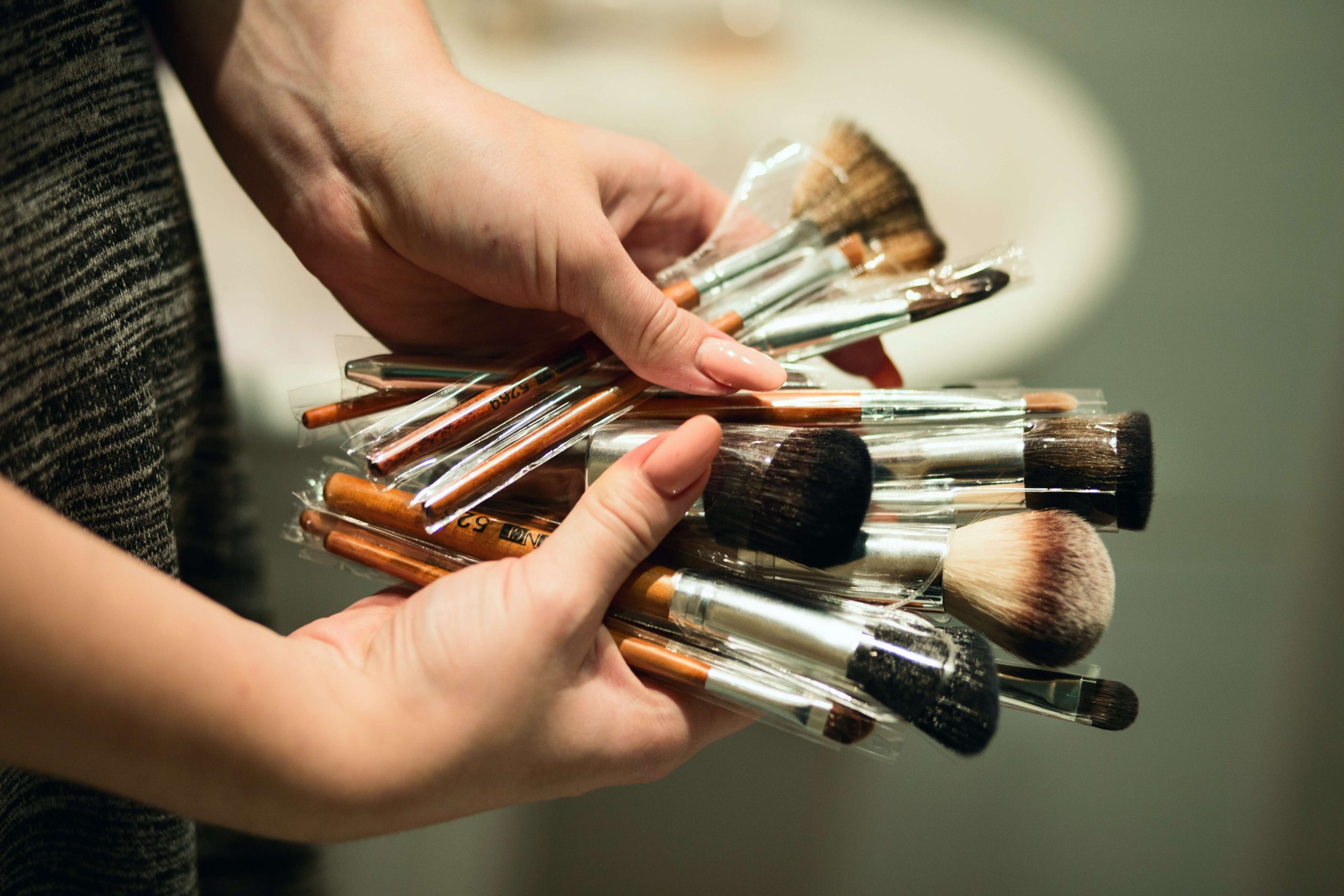Makeup Masterclass: How to Clean Makeup Brushes, Sponges and More
06/10/2023 2023-10-06 11:24Makeup Masterclass: How to Clean Makeup Brushes, Sponges and More
Are you passionate about makeup and have a natural flair for all things beautiful and glamorous? You’re right on track to becoming a part of it! But makeup artistry takes more than love and talent. It also demands a serious commitment to hygiene and sanitation! If you’re starting to work around different tools and don’t know a squat about makeup hygiene, here is everything about how to clean makeup brushes.
Amplify your makeup artistry manifolds with these tips for cleaning makeup brushes like a pro and refining your art.
Becoming a Pro MUA: How to Clean Makeup Brushes

Makeup artists smear, contour, and highlight faces with makeup brushes daily. But the same is not true about cleaning these essential tools. Let’s burst your bubble; cleaning these everyday tools once a month or so is not enough.
According to dermatologists and makeup artists, one should lather these makeup staples far more often to deter bacteria buildup. As a result, dipping dirty tools into your makeup transfers bacteria to other products – not just on the face. To ensure you’re not among people spreading the germs, here is how to wash foundation brush and other tools correctly.
1. Soak the Bristles
Soak the bristles under water, preferably lukewarm water. Avoid splashing water on the brush handle, as it prevents water from seeping into it, which can loosen the glue over time.
2.Lather and Swirl
Squeeze a tiny blob of makeup brush cleaner liquid in the palm of your hand. Run the makeup brush over it and swirl the bristles in your hand to remove debris. You might also use a brush cleaning pad to help clean them faster.
3.Rinse Under Tap Water
Once the brush is thoroughly foamy, it’s time to rinse off the soap. Repeat these steps until the water is soap and sud free.
4.Squeeze the Water Dry
Once the bristles are clean, gently press on them with your fingers to squeeze the excess water out. Avoid pulling too hard to keep brush strands intact.
5.Leave it to Air-dry
It’s best to dry your brushes by hanging them upside down. Putting them in the brush holder or lying down can damage them.
That’s how to clean makeup brushes at home and keep them bacteria-free so they will not cause any breakouts.
What About Cleaning The Makeup Sponges?
Want to learn how to wash makeup sponge? Cleaning makeup beauty blenders or sponges is similar to cleaning makeup brushes. You only want to soak these beauties in the cleaning soap for more time.
Then, push the makeup and dirt out of the sponge with your fingers. Once it returns to its original colour, run it through water and wring it out.
You can pat dry with a soft and clean towel. Allow it to get air dry for some time. Read about more ways to sanitise makeup brushes and other tools!
How Often Should You Wash Your Makeup Brushes?

Now you may be wondering, how often should you clean makeup brushes? A beginner makeup artist should wash face brushes and sponges used to apply foundation and concealer at least once a week.
Whenever you use these tools on your face, use a clean one, as it will prevent the breakout. If you store the sponges and brushes without cleaning them for too long, the product will pile up. It means the dust, oils, germs, and bacteria will grow.
Think about swirling all these nasty gross things on your skin. Sounds pathetic, right?
So don’t wait to let the products seep in for a long. Take your cleaning tools out once a week, and clean them before use.
For eyeshadow brushes, you can get a tad lenient. It’s okay to wash them two times a month. But don’t delay. They work close to the sensitive areas around the eyes, so keeping them clean and bacteria-free is vital. On the other hand, it’s best to wash the remaining brushes, such as lip, highlight, and blush brushes, no less than once a month.
Pro makeup artists handling multiple clients at a time should wash makeup brushes every single day they work. Of course, the super-diligence is to keep germs and bacteria at bay.
Read more on must-have makeup brushes to create flawless makeup looks.
Signs Begging You to Replace Makeup Brushes and Sponges

Good hygiene habits keep your makeup tools sanitary and extend their life. However, like most things, they won’t last forever.
Experts suggest replacing the makeup sponge applicator every three months. The brushes can work fine for up to 6-12 months, but only with meticulous care. Yet, look for these telltale signs indicating it’s time to toss them out.
- Any tears in your sponge which increase the risks of bacteria exposure
- If brush bristles lose their natural fluffiness and softness
- If your makeup is spotty or patchy due to a scuffed-up brush
- Once the glue holding the brush bristles starts to loosen and shed
- If your brushes and sponges are overly stained and becoming harder to clean
Parting Thoughts
Like all other surfaces, makeup brushes can become a breeding ground for bacteria. It can lead to skin infections, allergic reactions, and acne. Moreover, it can ruin the application. These things are preventable with a routine wash. It’s better to always remember how to clean makeup brushes and take the necessary steps to do so rather than risk your profession. But wait! Knowing how to clean makeup brushes and sponges is only a small step to becoming a pro makeup artist. Why not learn the inside pro tips to make the most of your art? JD School of Design brings you the best Diploma in Makeup and Hairstyle Artistry that aims to acquaint you with the nuances of this dynamic industry. During the course, you will explore your talents and learn the impressive techniques required to become a professional MUA.













